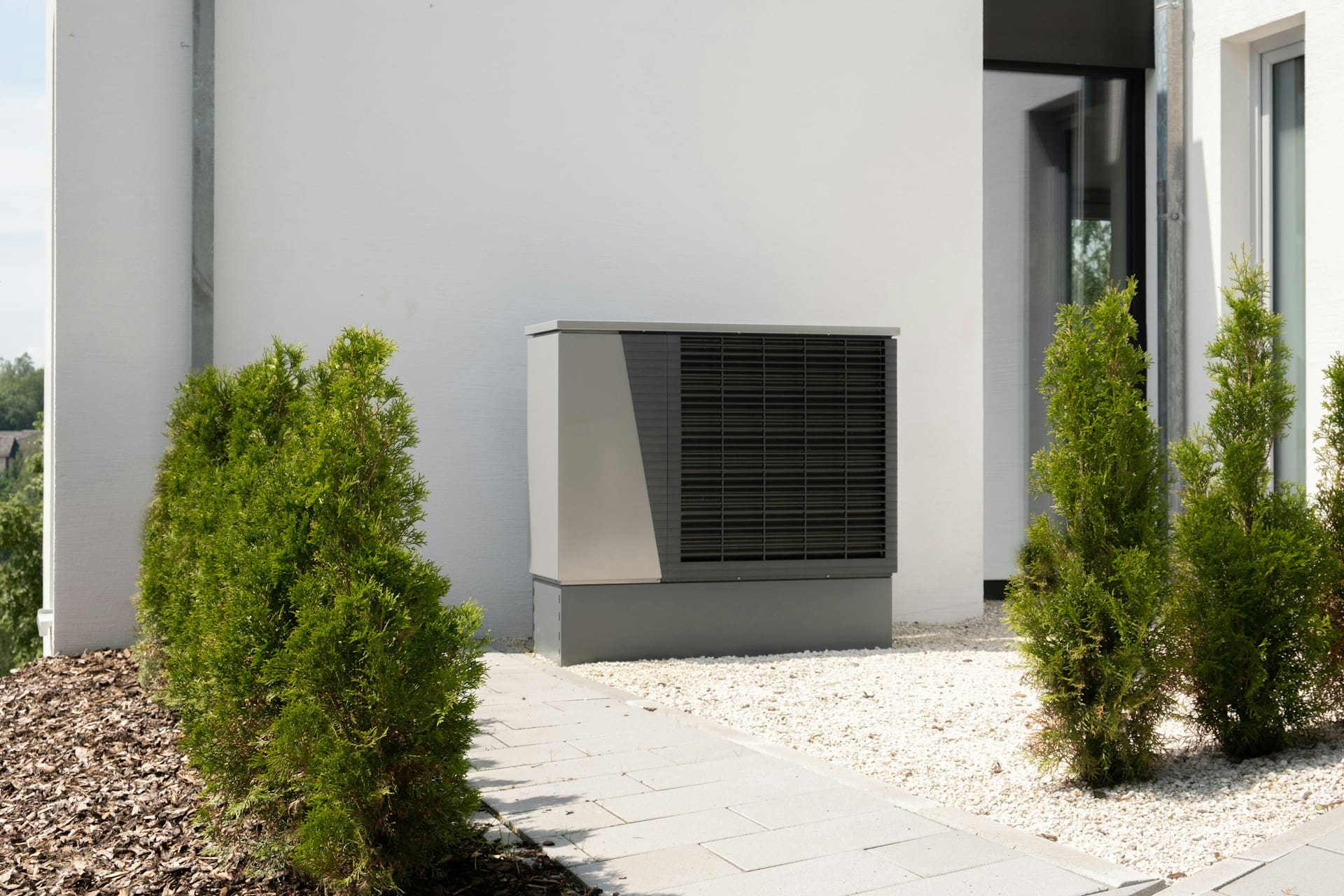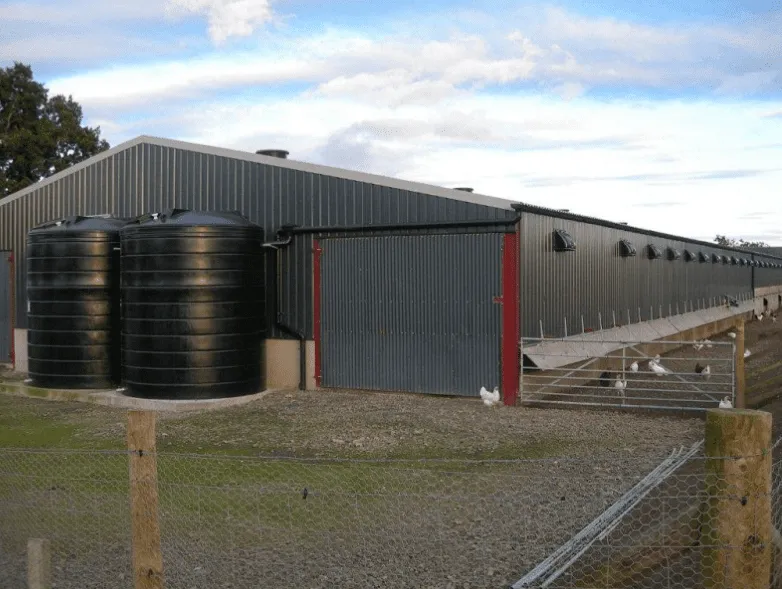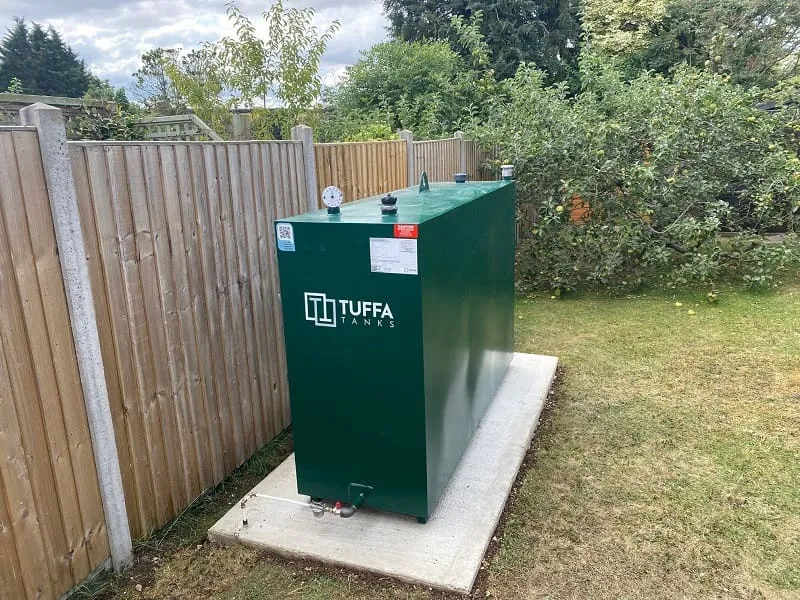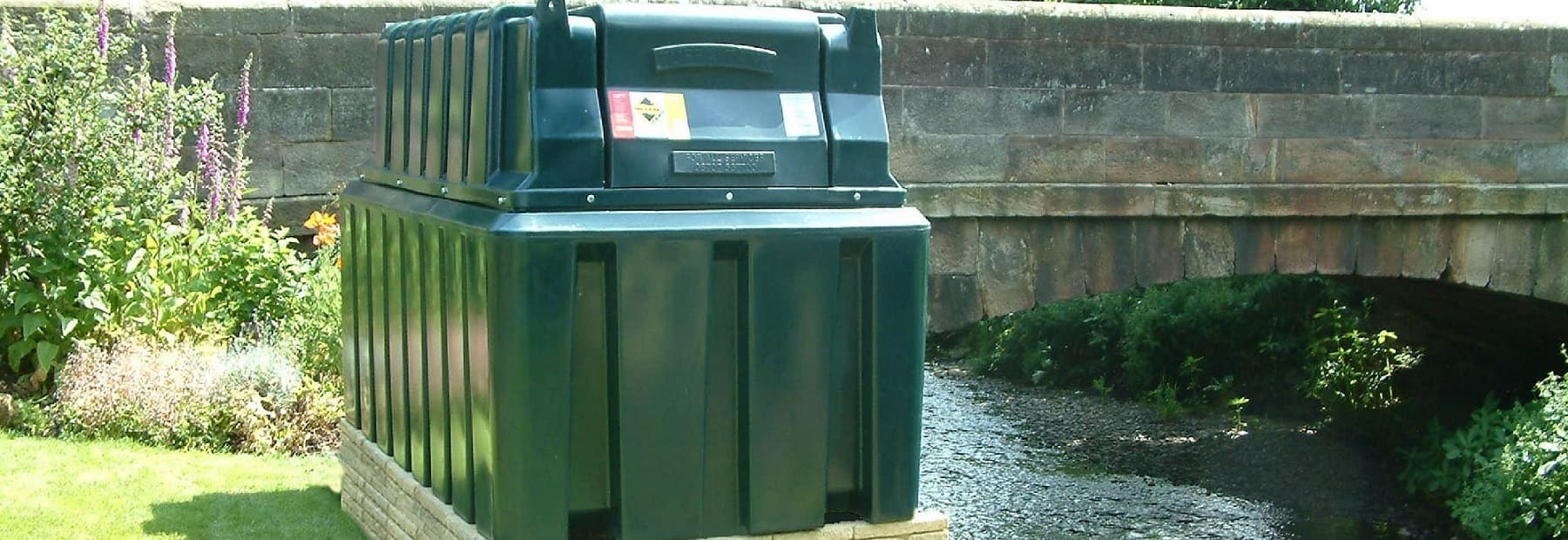How much do you know about rainwater harvesting?
The process of rainwater harvesting is becoming more and more popular in the UK. This is especially true in the South-East of England, where there is less water available per person than in many Mediterranean countries.
Thanks to its increased popularity over recent years, more and more people are becoming aware of rainwater harvesting. It may seem like a relatively new phenomenon, but rainwater harvesting has actually been used as a source of water as far back as the 2nd century AD. A rainwater harvesting tank has even been discovered within ancient ruins in Northumberland, where people used tanks to flush the latrines.
In later years, similar tanks were used to collect rainwater so it could be used to water crops and fields when water was scarce. In some countries, it was the only source of water available.
In and Out of Fashion
However, due to advances in technology and the development of new methods for water usage, early rainwater harvesting began to fall out of favour. The other reason for the cessation of rainwater harvesting was the prospect of spreading disease. This was because many of the earlier tanks that were used were left open to disease.
Luckily, a modern rainwater harvesting tank is very different to the earlier models. The rainwater harvesting tanks in use today are sealed and secure – probably the most commonly used one is the humble water butt which is found in most gardens.
Rainwater Harvesting Tanks Today
Today’s rainwater harvesting tanks are large plastic containers used to collect water from rainfall or drainpipes. This water is then stored for use in the garden for watering plants during drier periods. Rainwater harvesting is an incredibly efficient and environmentally-friendly way of promoting sustainability in your business or household.
Users can also invest in a more complex system which can be used to provide water for tasks like doing the laundry, flushing toilets, and other daily household water requirements. Rainwater is collected from the roof and taken by guttering or downpipes to a rainwater harvesting tank where it is filtered before use. The filtered water can then be pumped directly to the service required.
Here at Tuffa, we provide both above ground and underground systems. These can be domestic systems (either direct or indirect), garden irrigation systems or bespoke commercial systems. For more information on our rainwater harvesting tanks, please give us a call today on 01889 567700.






























